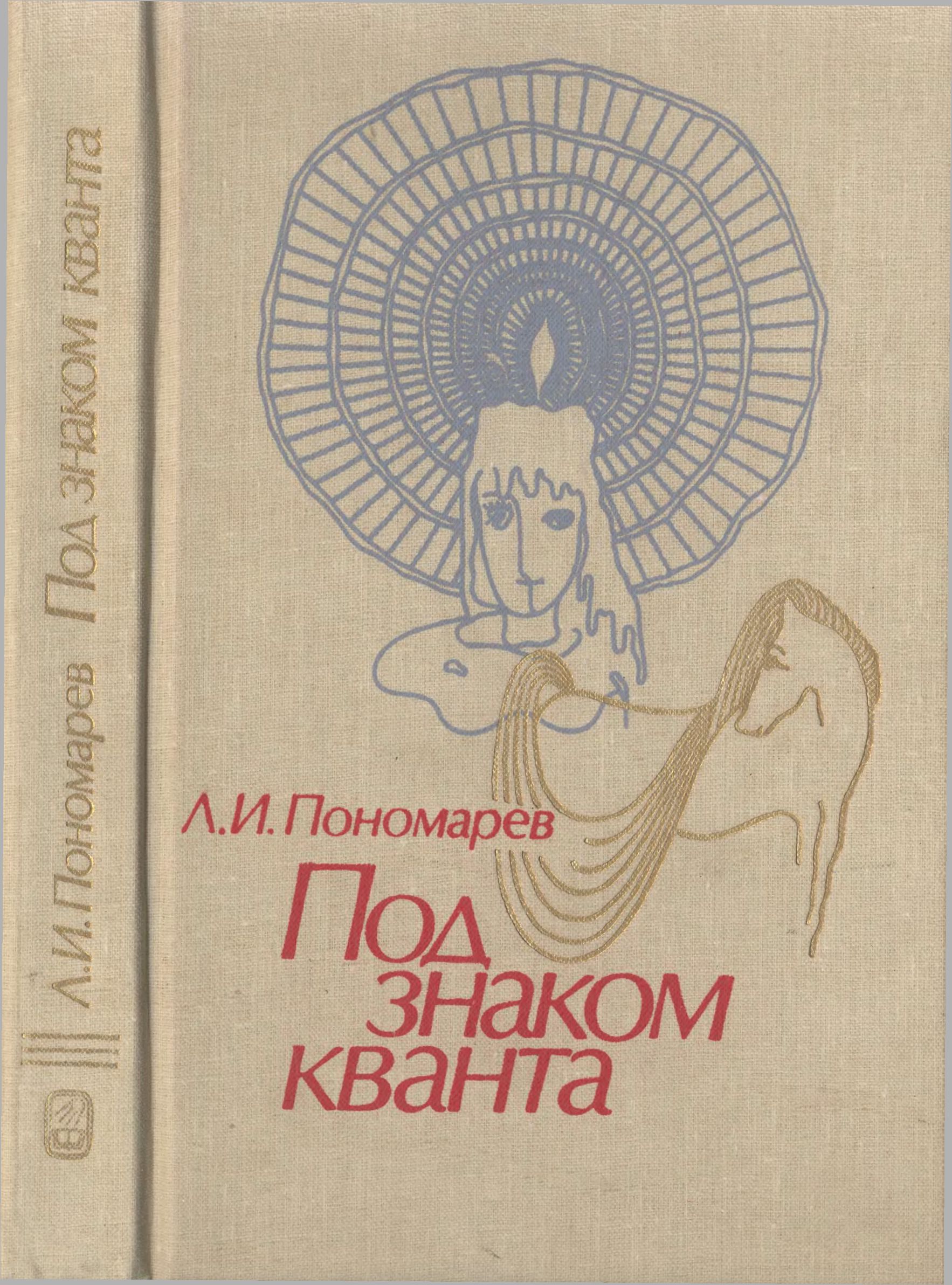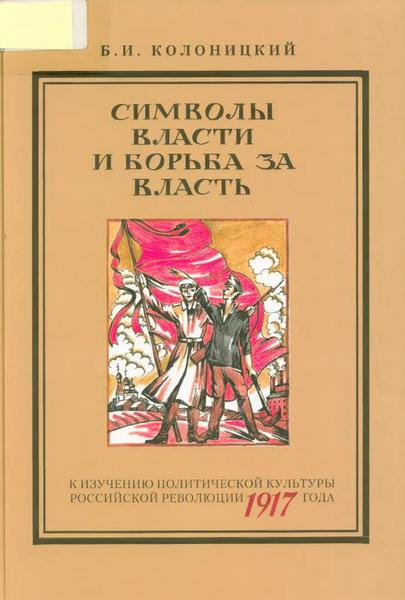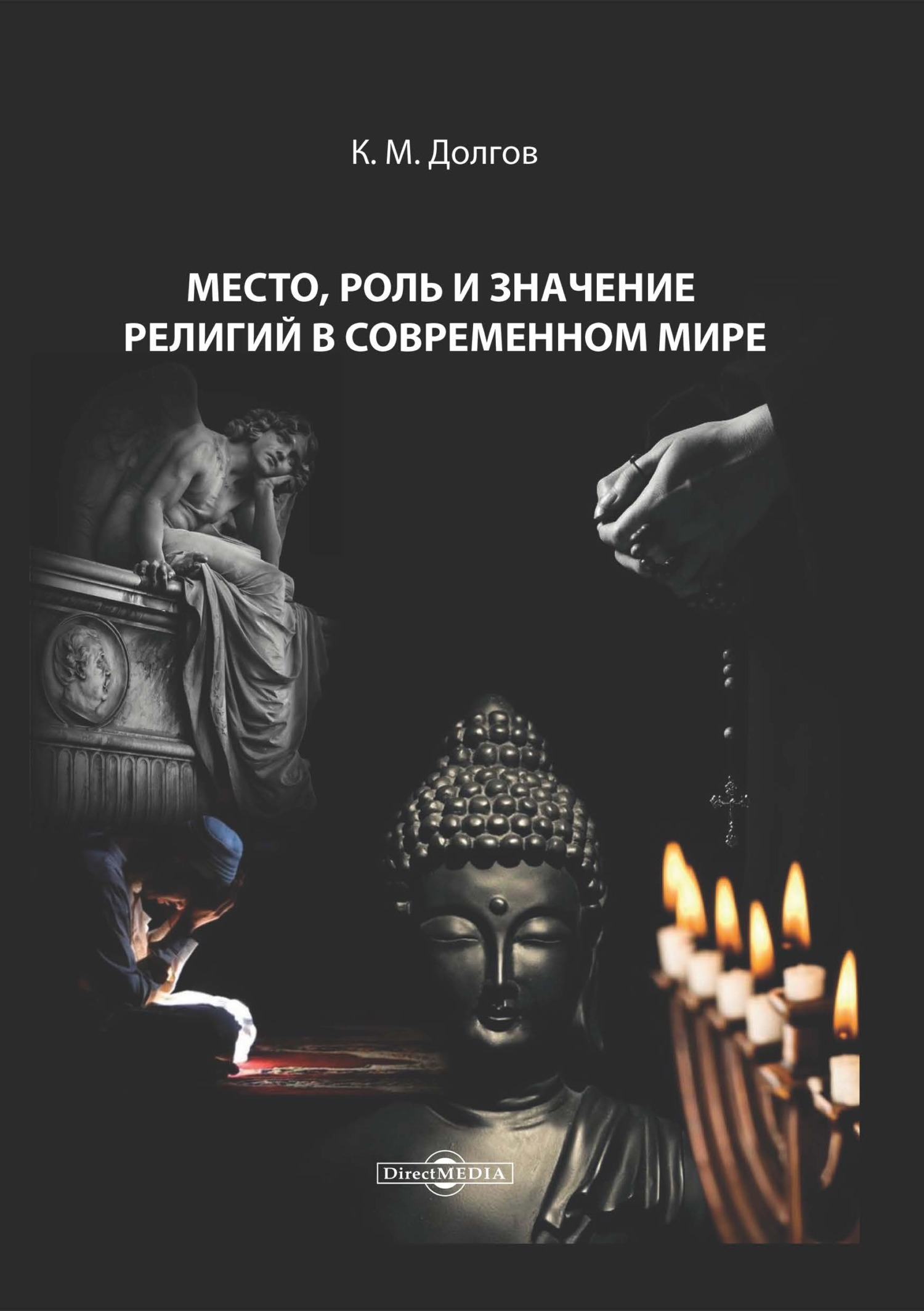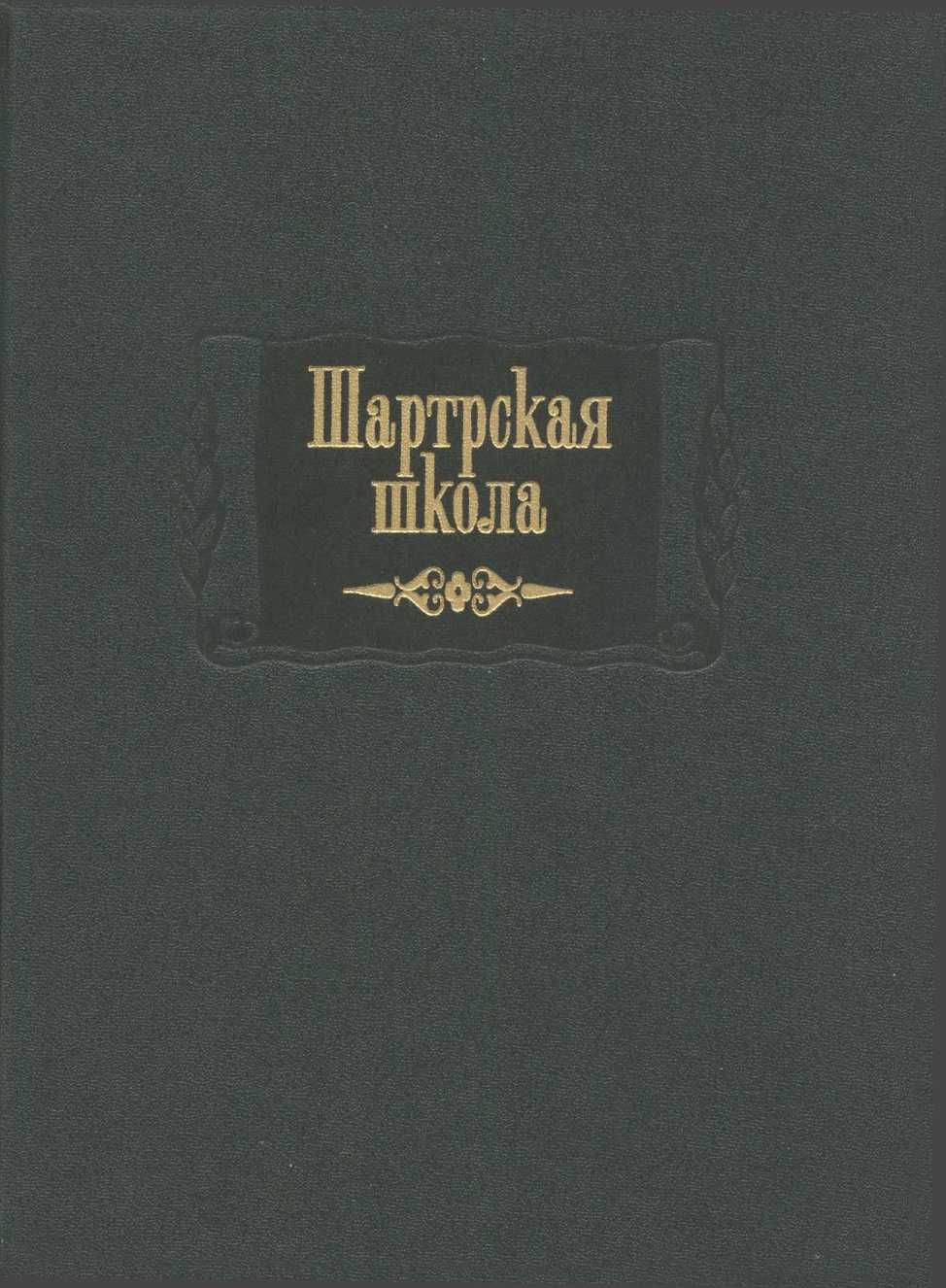Книга Этика войны в странах православной культуры - Петар Боянич
На нашем литературном портале можно бесплатно читать книгу Этика войны в странах православной культуры - Петар Боянич полная версия. Жанр: Разная литература / Политика. Онлайн библиотека дает возможность прочитать весь текст произведения на мобильном телефоне или десктопе даже без регистрации и СМС подтверждения на нашем сайте онлайн книг knizki.com.
Шрифт:
-
+
Интервал:
-
+
Закладка:
Сделать
Перейти на страницу:
Перейти на страницу:
Внимание!
Сайт сохраняет куки вашего браузера. Вы сможете в любой момент сделать закладку и продолжить прочтение книги «Этика войны в странах православной культуры - Петар Боянич», после закрытия браузера.
Книги схожие с книгой «Этика войны в странах православной культуры - Петар Боянич» от автора - Петар Боянич:
Комментарии и отзывы (0) к книге "Этика войны в странах православной культуры - Петар Боянич"
























